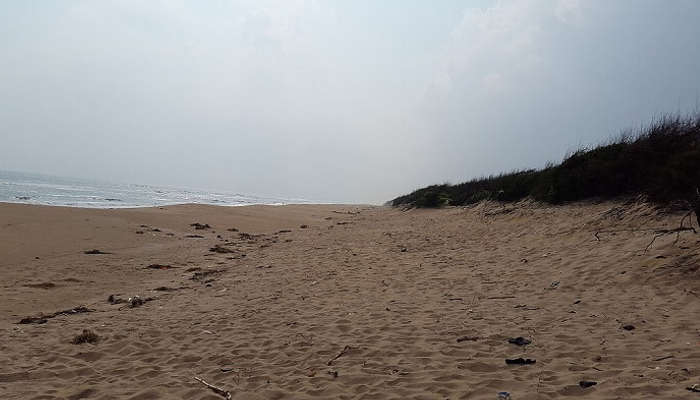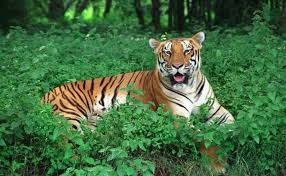Odisha is one of the Music & Dance Center of South Asia. It has a rich heritage of music and dance which is a delight for all culture & art lovers throughout the world. Odissi music was organized into a classical style in the 11th century. It was also noted as ancient Odramagadhi music which is not a part of Indian music.Odisha folk songs are very unique with their lyrics. The folk songs are sung on different festivals and occasions. They do it for their enjoyment. Some folk music of Odisha are Balipuja Geeta, Kela Keluni Geeta, Dalkhai Geeta, Kendra Geeta, Jaiphula Geeta, Ghumura Geeta, Ghoda Nacha, and Danda Nacha Geeta.
If you are a true culture lover you can not miss experiencing Odisha’s dance forms. The reflection of society and their lifestyle describes inside their dance forms. In the old days, there was a ritual to dance in front of God which was an important element those days. There are so many dance forms in Odisha are Odissi, Chhau, Gotipua, Danda Nata, Sambapuri, Dalkhai, Chaitighoda, and Medha Nacha.
Odissi :
Odissi is one of the oldest dance forms of Odisha, it has a tradition of 2000 years. It was originated in the Hindu temples of the coastal state of Odisha. It has a distinctive quality of rhythm, bhangis, and mudras. It is a “sculpturesque” style of dance, which is a unique style to itself.The interesting part of Odissi is that the body position, the postures conveys a particular message by itself. There are several items in Odissi dance form those are Mangalacharana, Batunrya, Pallavi, Moksha, and Abhinaya.
Chhau dance :
It was originated from the mock fight of Paika warriors, they fought on rhythms to the accompaniment of musical instruments.
Nowadays Chhau dancers follow the principle of Nrutya Shastra. The dancers worship Lord Shiva and Goddess Parvati.
Chhau is a form of tribal martial dance. Whose origin is in Mayurbhanj princely state of Odisha and which seen in the Indian states of West Bengal, Jharkhand, and Odisha. Basically there are three subtypes of dance, these are mentioned in the original places where the subtype dance form is developed. Dalkhai dance :
Dalkhai is one of the most famous folk dances of Western Orissa. In the Odia language, the term Dalkhai signifies woman love. The men yell Dalkhai bo! in the refrain of the song and from this phrase comes the name Dalkhai folk dance.
The Dalkhai is performed in events like Bhaijuntia, Phagun Puni, Nuakhai, Dussehra, Dalkhai and Durga Puja.
The unmarried young ladies known as kuanris, start the exhibition with a society tune, which is followed with a Dalkhai performance.
Daskathia dance :
Daskathia, one of the folk dances of Odisha, is a form of dance-cum natya. This dance narrates ancient puranic tales and legends of Lord Shiva and his incarnations as Rudra, Hara, Mahadeva, Shankar, Bholanath, and so forth.
The exhibition of Daskathia is considered formal in nature. The performance has less music and more poetry. Its emotional piece comprises verses taken from different Puranic references which are used to narrate stories to the audience.
The artists dress up in shiny and gaudy dresses portraying the character they intend to play. Those artists who sing along in the background and play instruments, wear a white vest and with a red dhoti during performance.






































